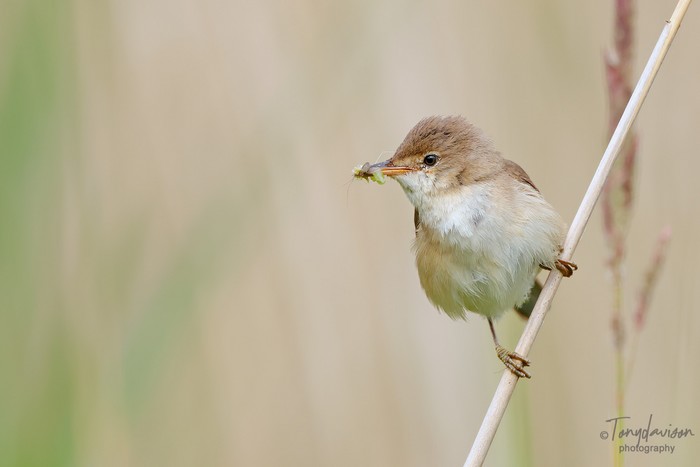Reed Warblers Use the Setting Sun as Their Migratory Clock
New experiments show that altering daylength delays migratory restlessness and changes fuelling behaviour in young birds heading for Africa.

Following the light
When juvenile Eurasian Reed Warblers (Acrocephalus scirpaceus) prepare for their first migration to Africa, they depend on more than instinct alone. A new study in the Journal of Comparative Physiology A by Susanne Åkesson and colleagues at Lund University has revealed that these small songbirds use the timing of sunset as a crucial signal to start their nightly migration behaviour. By artificially lengthening the day, the team found that the birds delayed their migratory restlessness - known as Zugunruhe - and even adjusted their fuelling patterns, behaving as though they had already reached their wintering grounds.
Testing the timekeepers
The researchers captured young Reed Warblers in southern Sweden during autumn migration and kept them in controlled aviaries. Half the birds experienced natural daylengths, while the others were exposed to artificial light that extended daylight by two hours each evening. Over 13 days, the scientists monitored each bird’s nocturnal activity, food intake, and weight gain to see how the altered “sunset” affected their migratory rhythms and energy storage.
Delayed departures, same duration
Under normal light conditions, the control birds began their intense nocturnal activity almost immediately after sunset, continuing for around seven hours until shortly before sunrise. Those in the extended-day group, however, postponed their restlessness to match the delayed “sunset,” waiting until the lights went off before beginning their migratory activity. Despite this shift in timing, both groups maintained the same nightly activity duration - an indication that while the onset of movement is guided by external light cues, the length of migration bouts is controlled internally.
Feeding less under a longer day
During the first week, both groups showed a steady increase in food intake and body mass as they fuelled up for migration. But by the second week, clear differences emerged. The birds under longer daylight began eating 14% less food and ended up about 9% lighter than their counterparts. “They seemed to interpret the longer day as if they had already reached their tropical wintering areas, where fuelling is no longer a priority,” the authors suggest. This response indicates that daylength changes can influence not only activity rhythms but also physiological processes tied to migration readiness.
Light as a migratory signal
In migratory birds, the timing of activity is shaped by an intricate interaction between internal biological clocks and external environmental cues. While geomagnetic information helps guide direction and distance, photoperiod – the daily light cycle – dictates when migration begins and ends. Åkesson’s team found that even a modest two-hour shift in daylight was enough to reprogramme behaviour, highlighting how sensitive these birds are to photic signals. “The sunset appears to act as a switch,” the researchers note, “triggering the transition from rest to migratory flight.”
Endogenous control meets environmental flexibility
The experiment also underscores how adaptable these internal programmes can be. Although the birds responded immediately to the artificial delay in sunset, their overall rhythm stabilised only after about a week, suggesting physiological adjustments had to catch up with the new timing. The results echo previous work showing that similar photoperiod changes can alter activity in both diurnal and nocturnal migrants, from Dunnocks to European Robins. Yet the Reed Warbler’s strong nocturnal focus and prolonged restlessness set it apart as a long-distance migrant finely tuned to nightfall.
More than instinct
By demonstrating that photoperiod manipulation alone can shift migratory timing and fuelling, this study deepens understanding of how inherited migration programmes interact with environmental information. Such knowledge is critical as climate change alters daylight cues, weather patterns, and habitat availability along migration routes. “Even slight mismatches between birds’ internal timing and real-world conditions could disrupt migration success,” warns Åkesson. “Understanding these controls helps predict how migrants will cope in a changing world.”
October 2025
Read the full paper here
Get Breaking Birdnews First
Get all the latest breaking bird news as it happens, download BirdAlertPRO for a 30-day free trial. No payment details required and get exclusive first-time subscriber offers.
Share this story







